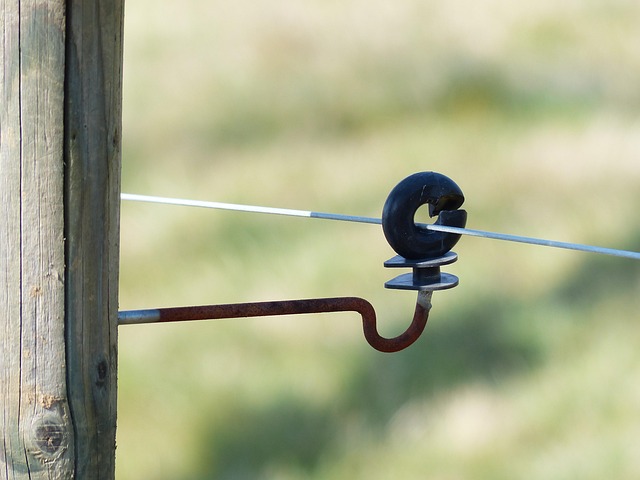In New Bedford, Massachusetts, enhancing your outdoor space with a custom fence offers both aesthetic appeal and practical benefits. This article guides you through the process of designing and installing a unique fence tailored to your property’s needs. We’ll explore how understanding your specific requirements leads to a seamless design process, from initial concept to final installation. Additionally, we’ll delve into the materials, techniques, advantages, and maintenance tips for your new fenced area.
- Understanding Custom Fence Needs for Your Property
- Design Process: From Concept to Completion
- Installation Techniques and Materials Used
- Benefits and Maintenance Tips for Your Fenced Space
Understanding Custom Fence Needs for Your Property
When considering a custom fence for your New Bedford property, understanding your specific needs and desires is paramount. Every yard is unique, with varying sizes, shapes, and surrounding landscapes that demand tailored solutions. The right fence design should not only enhance your home’s exterior but also provide functionality, security, and aesthetic appeal. Whether you’re looking to create a private sanctuary, define outdoor living spaces, or protect your property, consulting with professionals who specialize in custom fence installation is essential.
They will work closely with you to assess your land, discuss materials, styles, colors, and features, and transform your vision into a reality. By taking the time to understand your needs, they can craft a fence that not only meets but exceeds your expectations, ensuring it becomes a lasting addition to your New Bedford property.
Design Process: From Concept to Completion
The design process for custom fence installation begins with an initial consultation where our experts discuss your vision, property layout, and specific needs. We take detailed measurements, considering factors like materials, local regulations, and desired aesthetics. This stage involves translating your ideas into actionable plans, incorporating elements such as height, style, color, and any unique features you’d like to include.
Once the design is finalized, our team creates precise blueprints and selects high-quality materials suitable for New Bedford’s climate and conditions. From concept to completion, we ensure every detail aligns with your expectations, resulting in a beautiful, durable, and secure fence that enhances your property.
Installation Techniques and Materials Used
When it comes to custom fence design and installation in New Bedford, Massachusetts, professionals employ a variety of techniques and materials to ensure durability and aesthetic appeal. The process begins with a thorough site assessment to understand the client’s vision and any structural challenges. Skilled artisans then utilize traditional and modern tools to create designs that range from simple geometric patterns to intricate sculptures.
Materials commonly used include high-quality woods like cedar and redwood, known for their natural beauty and resistance to weather and pests. Metal fencing, such as aluminum or steel, offers durability and versatility in terms of design possibilities. Vinyl is another popular choice due to its low maintenance requirements and wide range of colors and styles available. Each material has unique characteristics that contribute to the overall look and longevity of the fence installation.
Benefits and Maintenance Tips for Your Fenced Space
A custom fence isn’t just about security; it’s an investment in your outdoor space that enhances curb appeal and provides a sense of privacy. The design options are endless, from classic wood to modern metal, allowing you to express your personal style. Beyond aesthetics, a well-installed fence offers protection for pets and kids, creates designated outdoor areas, and adds property value.
Maintenance is key to keeping your fenced space looking its best. Regular cleaning with mild detergent and water removes dirt and debris, while treating wood annually with a sealant protects against rot and pests. Metal fences require minimal upkeep, just occasional washing and re-painting to maintain their sleek appearance. Keep an eye out for any signs of damage, repairs promptly to prevent issues from escalating, and consider planting buffer zones to deter climbing plants from damaging the fence structure over time.
